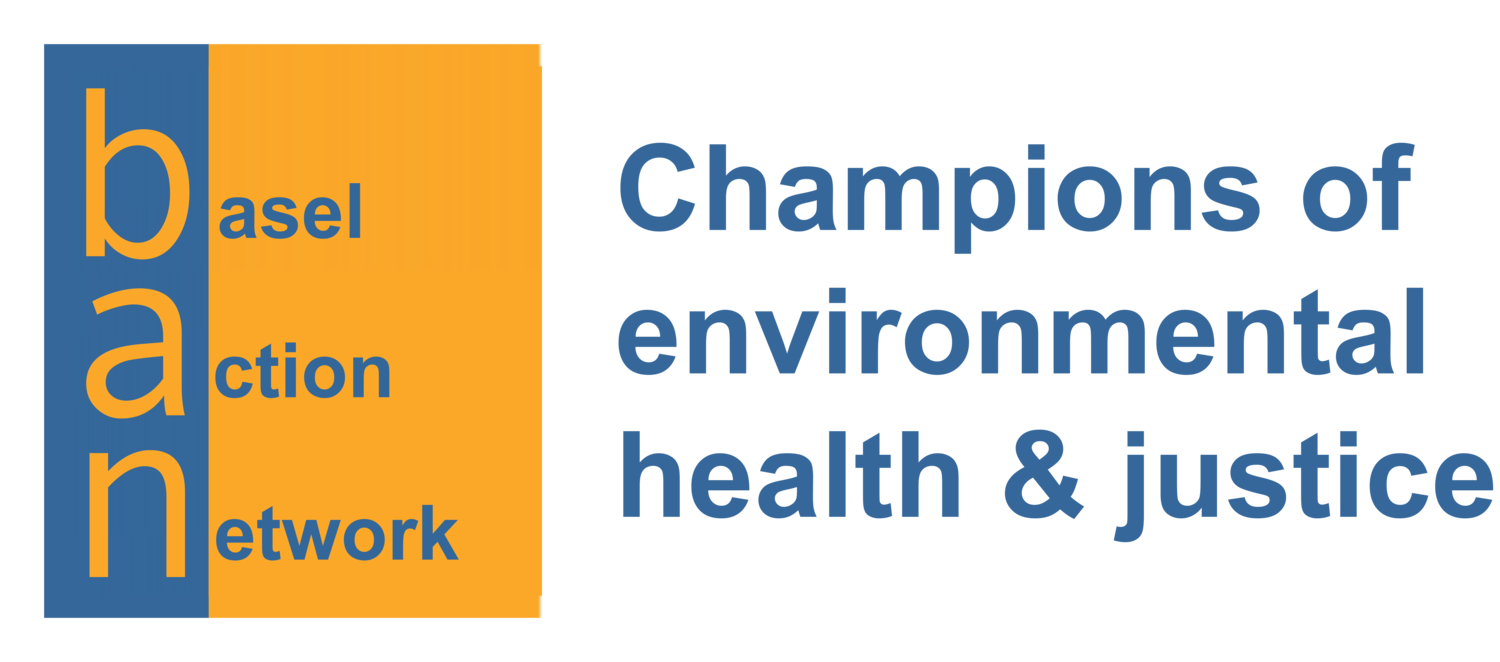As e-waste piles up, disposal issues grow
/Trashed computers, TVs and other gadgets make up the fastest-growing municipal waste stream in the U.S., according to the Environmental Protection Agency. As much as 80% of electronic waste goes out with the trash, the EPA estimates, while only about 20% is properly recycled. "Everyone has e-waste. Whether it's your mom who has three cellphones in her desk or your dad who owns the largest corporation in the world," says John Shegerian, the CEO of Electronic Recyclers International, which handles a large amount of recycled electronics. Overall, the recycling industry accounts for $236 billion in annual revenue, according to the U.S. Recycling Economic Information Study commissioned by the EPA.
Recycling of many materials — such as glass, paper and plastics — is common practice for many Americans. Yet, when eco-conscious people want to winnow down a growing stash of unneeded tech products, how do they do that in an environmentally friendly way?
For starters, don't just throw your electronics in the trash.
Many gadgets have toxic materials in them that might be released in a landfill or when burned in an incinerator, says Barbara Kyle, national coordinator for the Electronics Take-Back Coalition. "It seems pretty obvious, but it's not to a lot of people," Kyle says.
Awareness of the e-waste problem has grown, prompting about half the states to pass some sort of e-waste recycling law. But consumers who want to get rid of unwanted devices properly have a growing list of options:
Recycling manufacturers. Companies such as LG, Panasonic, Samsung and Sony have joined the Consumer Electronic Association's eCycling Leadership Initiative, announced in April, which aims to recycle one billion pounds of electronics annually by 2016, up from the 300 million pounds of electronics recycled in 2010. "It's us trying to put our best foot forward to having a national program about electronic recycling," says CEA's Tim Doyle.
For a list of dozens of companies that accept products for recycling go to: digitaltips.org/green/default.asp.
Recycling retailers. Retailers such as Best Buy, Office Depot, Staples and Target accept many products for recycling at their stores. For free, a small fee or a monetary incentive, these stores serve as pick-up spots for discarded consumer electronics, with the ultimate goal of reducing this growing form of waste.
The discarded cellphones, TVs, laptops and computers are then brought to an electronic recycling plant, such as one of ERI's seven locations, which recycles about 160 million pounds of e-waste annually, for salvaging.
For information about which stores participate and what products they will take back, go toepa.gov/osw/conserve/materials/ecycling/donate.htm.
Green recyclers. Not all recyclers are created equal when it comes to the proper disposal of e-waste. To identify those that observe best practices, the Basel Action Network last year began auditing and certifying electronics recyclers under its e-Stewards program.
E-Stewards recyclers remove hazardous materials from electronics, as well as mine products such as cellphones, if they're not reused, for precious metals such as silver, gold, palladium and copper. Gold can also be recovered from computers. And none of their e-waste is shipped overseas where it could contaminate the environment of developing countries.
"People have hung onto things for years because they didn't know what to do with it," says Lauren Dykes of New York-based WeRecycle, which removes hazardous materials from electronics and processes reusable equipment or material. For a list of e-Steward recyclers, go to e-stewards.org.
Increased concerns about exportation of recycled e-waste polluting the water supply and contaminating soil in developing countries has become a hot-button issue internationally, domestically and locally.
Last month, the EPA awarded a five-year, $2.5 million grant to the United Nations University (an international community of scholars) to develop a more effective way to measure e-waste, address concerns about illegal e-waste shipment cocerns and assess the routes through which used electronics exit the country.
Manufacturers have responded to public opposition to e-waste exportation. "We are intent on not letting recycled end-of-life products leave the country and be disassembled in places that aren't handling it correctly, because there are toxic metals in old TVs and other devices," says Peter Fannon, Panasonic's vice president of technology policy. Among the toxic materials: lead in older TV tube glass and TV soldering, and mercury in older LCD displays.
Seven years ago, Panasonic quit using lead or hazardous materials in TV production, he says.
In this session of Congress, Rep. Gene Green, D-Texas, says he plans to resubmit a bill prohibiting the exportation of e-waste. Public support has also driven state legislatures to pass e-waste measures. "It is prompting people to look a little more carefully at how this is getting there," Kyle says, "and 'Is the TV I haul to my Earth Day collection event going to end up in this backyard recycling dump in China?'"
E-waste is not going away soon. Consumers are expected to continue to snap up new electronics; meanwhile, they still have as many as 99 million analog TVs to dispose of, the EPA estimates.
As e-waste grows and concerns mount, it's time for a change, Shegerian says. "We have a long way to go," he says. "Once people know that they shouldn't be throwing away their cellphones or their laptops or their iPads or their copying machine, once they know the dangers that exist if they do that — they want to do the right thing."
